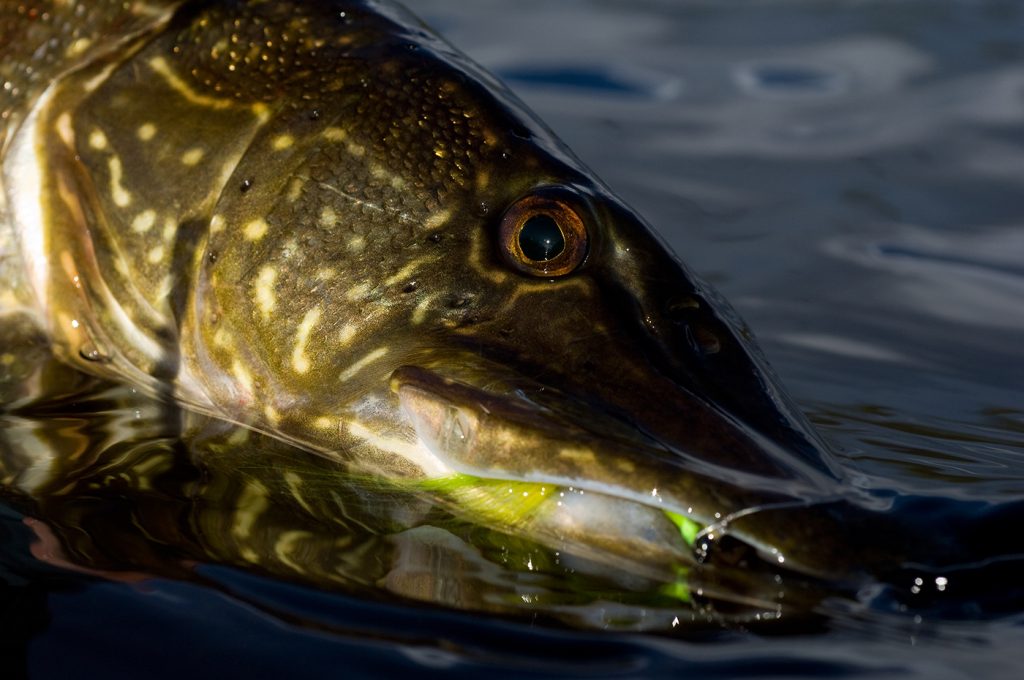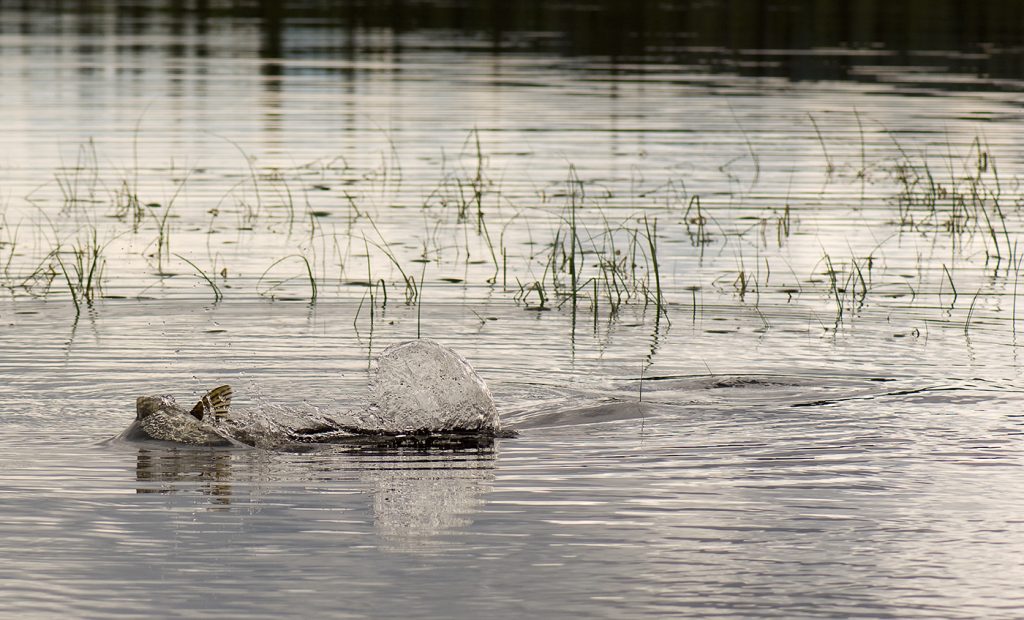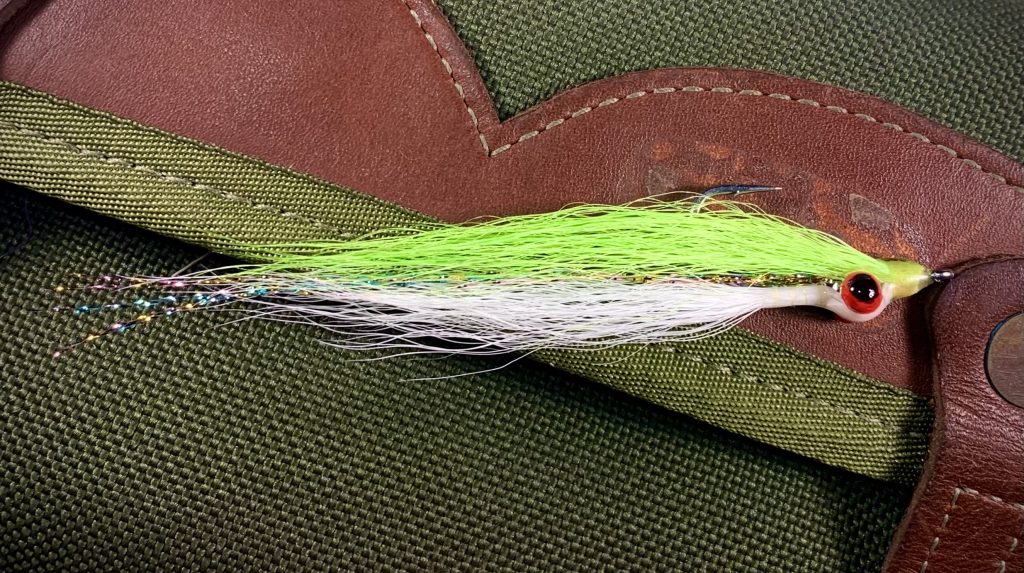
The two largest mayflies that hatch in Scandinavia are the E. Danica and it’s still water relative, E. Vulgata. Most commonly they are simply referred to as “may flies”. In this article, Andreas Larsson tells you more or less everything you need to know about the E. Vulgata, the imitations and the few tips on how to succeed in a hatch.
Continue reading “Green drakes and brown trout”








